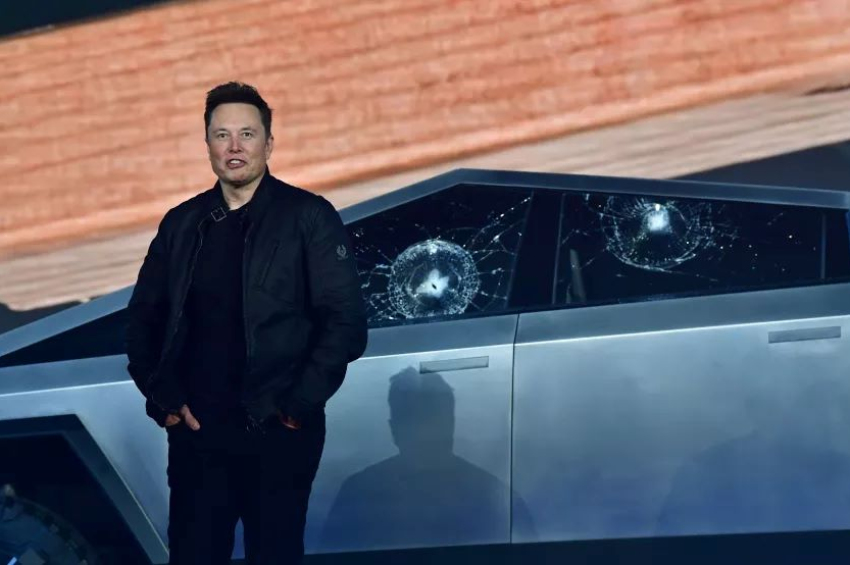MIT engineers develop revolutionary energy-storing supercapacitor using ancient materials
A groundbreaking advancement in energy storage has been achieved by a team of engineers at the Massachusetts Institute of Technology (MIT), as they unveil a supercapacitor built from ancient materials, offering the potential for affordable and scalable energy storage solutions for renewable energy sources.
The discovery is detailed in the study “Carbon–cement supercapacitors as a scalable bulk energy storage solution,” which is published in the journal Proceedings of the National Academy of Sciences.
The research team combined cement, a fundamental component of concrete, with carbon black and water to create this remarkable energy-storing device. The resulting mixture possesses the capability to store a complete day's worth of energy within a household's foundation, igniting the possibility of an innovative renewable energy storage system that sidesteps the need for rare Earth metals, the authors explained in a statement.
Moreover, this material mixture opens the possibility to build roadways that would efficiently store energy within their structures and then power wirelessly electric vehicles and wind turbines.
Co-author and MIT professor Admir Masic praised the material, stating, "The material is fascinating because you have the most-used manmade material in the world, cement, that is combined with carbon black, that is a well-known historical material — the Dead Sea Scrolls were written with it."
How it works
The engineers involved in the project achieved this breakthrough by developing a cement-based material with an intricately layered structure, resulting in an exceptionally high internal surface area. When treated with a specialized salt solution, this material exhibited supercapacitor-like behavior.
Remarkably, the amalgamation only necessitates a mere three percent carbon content per volume to construct this network of conductive connections. In practical terms, a block measuring approximately 1,600 cubic feet (45 cubic meters) could potentially store 10 kilowatt-hours of energy - roughly equivalent to the average daily electricity consumption of a household.
In initial experiments, the researchers crafted a miniature 1-volt prototype, which in size compares to three button-cell batteries and was able to power LEDs.
Unlike traditional batteries and capacitors, the cement energy supercapacitor stores energy through a highly efficient electrostatic field mechanism, delivering energy in rapid bursts. This feature sets supercapacitors apart by enabling faster energy release compared to standard batteries.
However, they currently lack the gradual discharge capabilities akin to lithium-ion batteries – and this is something the MIT scientists are still working on. Also, there are concerns about the material's durability and resilience under adverse weather conditions.
Currently, the research team is engaged in further experimentation to explore various formulations of the material, attempting to enhance energy storage and release capabilities.
This achievement exemplifies the power of blending ancient knowledge with cutting-edge technology and offers a glimpse into a future where everyday materials can revolutionize the way we harness and store energy.






![[video] Honda launches $36,000 electric SUV for Chinese market](/news_img/2025/03/08/news3_mediu.jpg)
